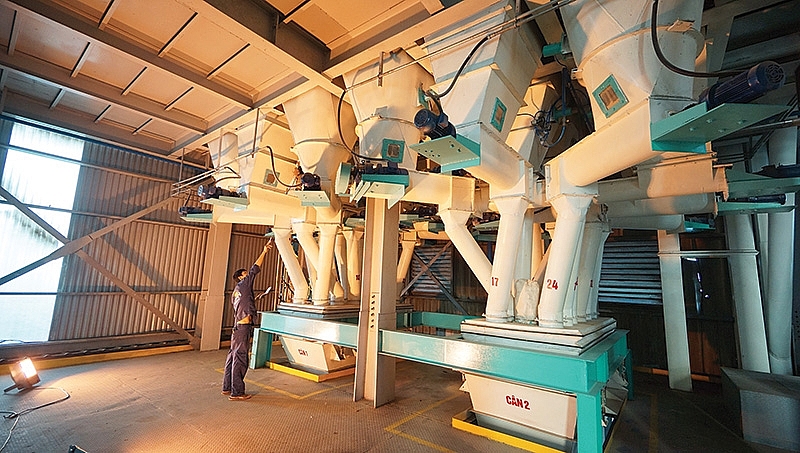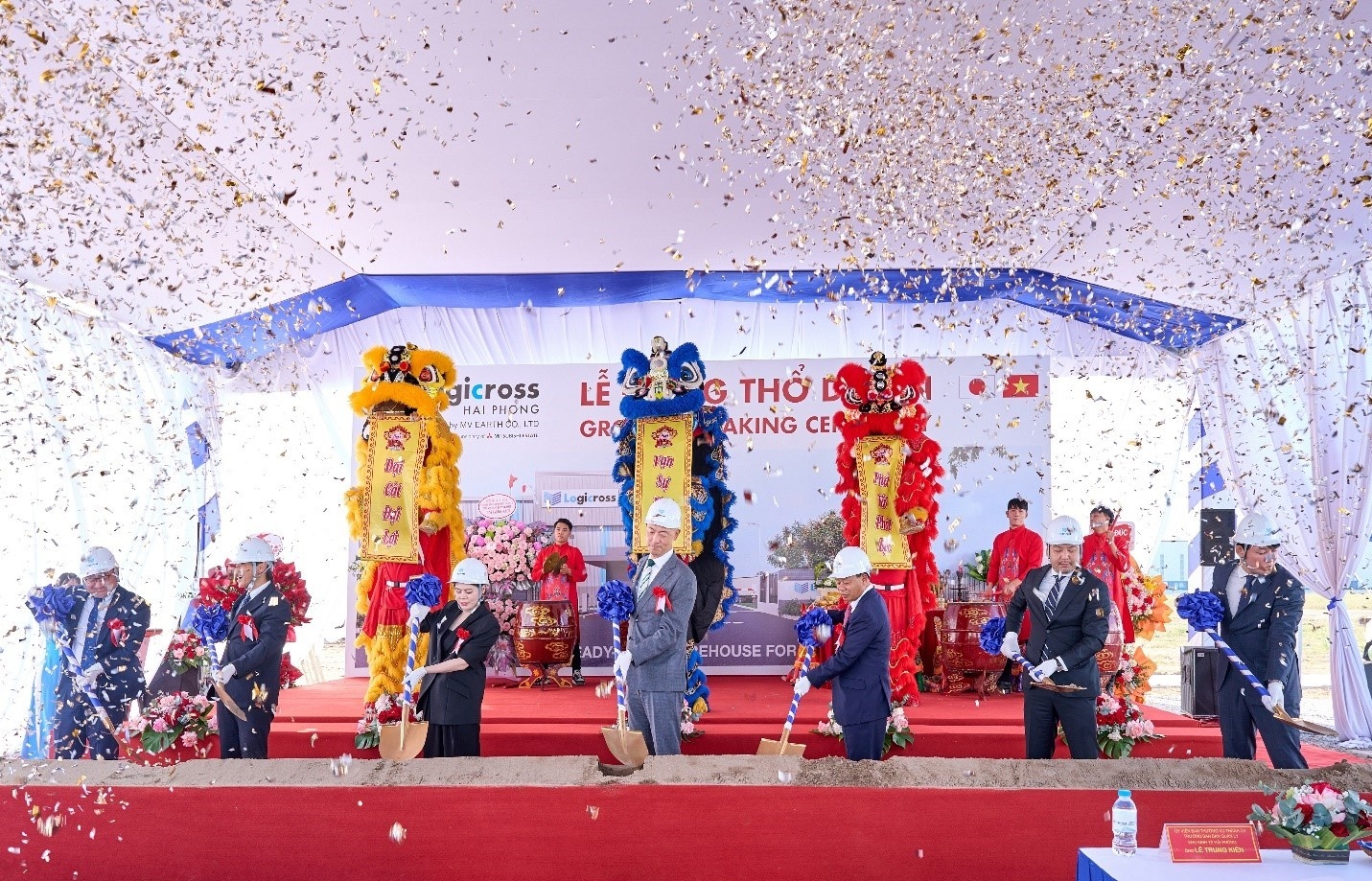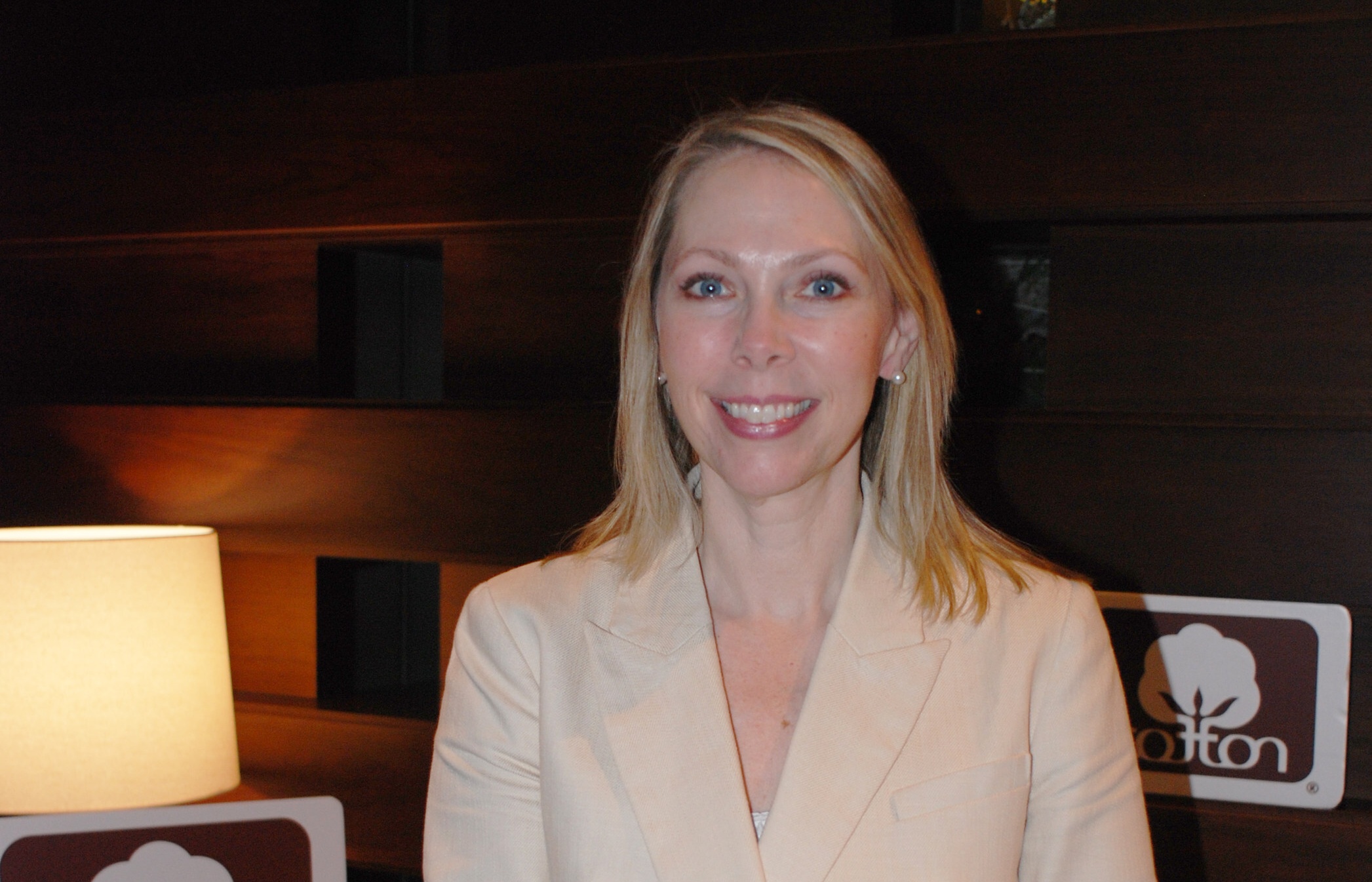Health a rising issue in narrowing feed market
 |
| Some players advise that animal feed facilities should be upgraded in order to become acceptable in new markets |
With the diseases threatening the Vietnamese husbandry industry at the moment, the hygiene and nutrition of livestock and poultry have received more attention to minimise the risk of infection. However, local experts and authorities said that animal feed and meat and bone meal ingredients are also reasons behind the spreading of the diseases.
Last year, the Customs Department of Ho Chi Minh City found that Hanoi-based TCDI Co., Ltd.’s 19 containers of meat and bone meal weighing a total of 450 tonnes failed to meet requirements on veterinary hygiene. The department issued a fine of VND80 million ($3,480) to the company and asked it to re-export the batch.
Meat and bone meal are important raw materials for protein and amino acids in animal feed. Meat and bone meal are produced from recycled animal protein, using by-products like lean meat, inedible parts, and animal carcasses of cows, pigs, and chicken. However, meat and bone meal can also carry E. coli or salmonella bacteria that cause intestinal infections, diarrhoea, and typhoid or germs spreading blue-ear and foot-and-mouth disease, according to healthcare experts.
In European countries, bone meal is not allowed to be used as a material to produce animal feed. It is only used to produce feed for pets and fertiliser, in order to prevent spreading among countries across the continent.
According to a VIR source, in Vietnam a large amount of animal feed makers use these materials as an additional source of protein. At present, bone meal is not produced in Vietnam, with the main supply coming from the US, Canada, Australia, and Europe.
Europe’s ban created an abundance in meat and bone meal, reducing the selling price far below products imported from other countries. This price gap is the reason that some importers break the law by importing poor quality bone meal of unknown origin to Vietnam, increasing the risk of diseases.
According to statistics published by the Animal Husbandry Association of Vietnam, the country imports 500,000-600,000 tonnes of meat and bone meal each year to serve the animal feed production sector. However, the local authorities found numerous violations in imported batches. In 2016 the Customs Department of Ho Chi Minh City found violations in the declaration of origin as well as the quality of meat and bone meal products arriving to Cat Lai port in Ho Chi Minh City.
Despite the abundance of substandard raw materials, several makers, including Mavin Group, are aware of the importance of the use of safe meat and bone meal to avoid diseases.
David John Whitehead, chairman of Vietnam-Australia joint ventureanimal feed maker Mavin Group, told VIR that the group imports meat and bone meal from the US, Canada, and a number of European countries.
In order to get the best raw materials, Mavin, which has invested about $120 million in Vietnam so far, chooses reputable Vietnamese importers. Imported materials must have microbiological safety certificates and satisfy global agricultural practices. Before importing, raw materials are thoroughly inspected for both quality in protein, calcium, and phosphorus content, and tested for bacteria such as E. coli and salmonella, among others.
Furthermore, Mavin has an international-standard laboratory with modern equipment and links with large and reputable external testing centres, ensuring accurate test results.
A number of enterprises, including Indonesian-invested animal feed producer Japfa Comfeed Vietnam, also said no to the protein resource extracted from meat and bone meal four years ago. Instead, the company takes protein from soybean meal and poultry meal.
“Along with the risk of disease, Japfa Comfeed Vietnam saw that the protein volume of meat and bone meal is not stable, affecting the quality of feed as well as the nutrition for the animals. Instead, we use meat meal made from the head and viscera of chickens with a high protein volume,” said Nguyen Chi Cong, deputy general director of Japfa Comfeed Vietnam.
Currently, this compnay is developing a system of five factories and thousands of agents throughout the country.
Narrowing market
In addition to animal feed ingredients, another headache for animal feed producers is the narrowing market. Cong confirmed to VIR that recently the producers’ market shares have changed significantly. Due to China banning meat imports from Vietnam, along with the emergence of numerous domestic businesses in the field such as Masan Nutri-Science, Hoa Phat Dong Nai Feeds, and Vingroup (after acquiring a part of Hung Vuong Corporation’s subsidiary Viet Thang Feeds JSC), foreign-invested companies’ market share has dropped to 55-60 per cent now.
“Moreover, domestic companies which purchase materials and ingredients for livestock feed domestically at a cheaper price have the advantage over importers. This is one of the reasons why the market share of foreign-invested companies has shrunk,” added Cong.
According to Japfa Comfeed’s market survey, the livestock feed market share of C.P. Vietnam Corporation is 13 per cent, while Japfa Comfeed, Cargill, Mavin Austfeed, De Heus, and others hold only 5-6 per cent, with the overall capacity of one million tonnes a year each.
Data from the Ministry of Agriculture and Rural Development (MARD) showed that there were around 20 major foreign-invested companies producing livestock feed. However, they made up 70 per cent of the market, while 180 Vietnamese businesses accounted for the remaining 30 per cent.
In fact, with a closed production chain, foreign-invested businesses not only dominate the livestock feed market, but also cover almost the entire market of breeding animals and veterinary medicine.
Seeking new opportunities
In order to overcome difficulties on the domestic market, Mavin is looking for export opportunities to size up production in the near future. “We are now developing livestock and aqua feed for Cambodia and Laos. A new 2,000 square metre warehouse is being built in Phnom Penh to support our business in Cambodia. We estimate sales at this market to reach 30,000 tonnes per year. We also plan to provide feed, veterinary, and feed additive services to livestock producers in Cambodia and Laos,” Whitehead of Mavin told VIR.
“We are the first enterprise in Vietnam to overcome the strict technical barriers to export pork meat to Myanmar, and are planning to export the first shipment of fish fillets in late 2019. We also developed duck breeding and farming in late 2018 and are preparing to scale up some factories and export duck meat in the future,” he added.
However, other firms are still seeing great opportunities in Vietnam.
For instance, a few months ago, US-backed Cargill Vietnam opened a new $28 million feed mill, also its 12th in Vietnam, in the southern province of Binh Duong to better serve livestock farmers in southern Vietnam. Meanwhile Thailand’s C.P. decided to invest in a processing plant in the central province of Binh Dinh and South Korea’s CJ Corporation inaugurated its sixth feed mill in Vietnam in Binh Dinh.
According to the MARD’s Department of Livestock Production, there are around 220 animal nutrition facilities in Vietnam now, with the total annual designed capacity of over 31 million tonnes, much higher than the earlier forecast 25 million tonnes in demand in 2020.
That is why in the face of other players’ expansion plans, Japfa Comfeed is rather modest in its ambitions, the company told VIR that it has no plans to develop a new factory in the next four years, but scaling up their existing facilities.
“In my opinion, the players who want to survive in this game should look to upgrade machinery and improve the quality of products to pass requirements for new markets,” said Cong of Japfa Comfeed Vietnam.
What the stars mean:
★ Poor ★ ★ Promising ★★★ Good ★★★★ Very good ★★★★★ Exceptional
 Tag:
Tag:
Latest News
More News
- Semiconductor workforce partnerships deliver industry-relevant training (November 20, 2024 | 10:58)
- German Quickpack to invest $31.7 million in Long An province (November 20, 2024 | 09:31)
- Foreign-invested enterprises drive logistics investment in the southeast region (November 20, 2024 | 09:27)
- Chile visit underscores trade benefits (November 19, 2024 | 10:00)
- Trump’s second term impacts sci-tech activities and industry 4.0 technologies (November 18, 2024 | 10:00)
- Vietnam eyes nuclear revival to bolster energy security (November 14, 2024 | 16:46)
- Kyokuyo completes $13.5 million seafood factory in Vietnam (November 14, 2024 | 12:19)
- VinFast receives $3.5 billion funding from Vingroup and Pham Nhat Vuong (November 14, 2024 | 06:38)
- Localities sprint to reach FDI targets (November 13, 2024 | 10:00)
- Geopolitical ramifications for Vietnam’s FDI attraction (November 13, 2024 | 09:12)


















 Mobile Version
Mobile Version